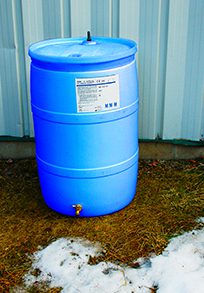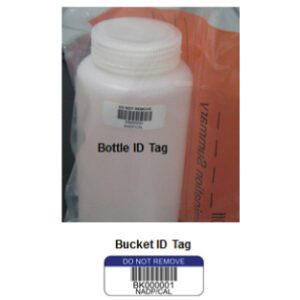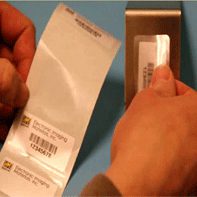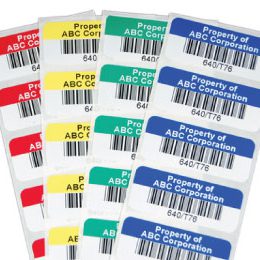Drum Labels Have Rules for Water Travel
“In the town where I was born
Lived a man who sailed to sea
And he told us of his life
In the land of submarines
So we sailed on to the sun
Till we found a sea of green
And we lived beneath the waves
In our yellow submarine”
– The Beatles

Ok, well we don’t all live in yellow submarines―or even in a land of submarines―seeing as how EIM is located in southwestern New Hampshire about 100 miles from the ocean. However, that doesn’t keep us (or our labels) from the beautiful ‘sea of green’ and ‘life beneath the waves’!
 Have you ever heard of the International Maritime Dangerous Goods (IMDG) Certification? No? That’s ok! It is simply a series of qualifications and product categories that were initially developed in 1960 at the Safety of Life at Sea Conference for the ocean transport of harmful chemicals, packaging, labeling and stowage of containers. This concept implemented an international code of safety enforceable by the United Nations.
Have you ever heard of the International Maritime Dangerous Goods (IMDG) Certification? No? That’s ok! It is simply a series of qualifications and product categories that were initially developed in 1960 at the Safety of Life at Sea Conference for the ocean transport of harmful chemicals, packaging, labeling and stowage of containers. This concept implemented an international code of safety enforceable by the United Nations.
The British may have given us the Beatles but that’s not all they’ve given us…
Have you ever heard of the British Standard BS5609? No? That’s ok, too! It’s not the next great British boy band, unfortunately, but it is still dangerously cool! The British Standard BS5609 is what’s called the Marine Immersion Label Testing Standard. It outlines durability requirements for pressure-sensitive labels used to identify dangerous goods such as chemical drums that are transported by sea.
This British standard comes into play because harmful chemicals contained in drums need to be clearly labeled when they are sent across the ocean…in case any of those drums are lost at sea in some sort of accident or storm. Printed labels placed on chemical drums must be tested and held to strict standards for marine environments because they contain essential warnings of critical instructions and identification for each drum. This testing requires at least 3 months of exposure in salt water at mid-tide, as well as artificial weathering, temperature extremes, UV light exposure and abrasion if washed ashore. Once the labels clear the testing and meet the specifications outlined, they are ready for their dangerous voyage at sea!
Fortunately, there is a good selection of label materials proven to work but it is critical to use only the ones that conform to the BS5609! EIM provides a variety of BS5609-compliant labeling materials that handle the harshest of marine conditions. With EIM chemical drum labels, you can carry on full speed ahead without worry…
“As we live a life of ease
Every one of us has all we need
Sky of blue and sea of green”
– The Beatles
Stay tuned for an upcoming article in which we discuss the new GHS Standards for the printed content of Drum Labeling!




